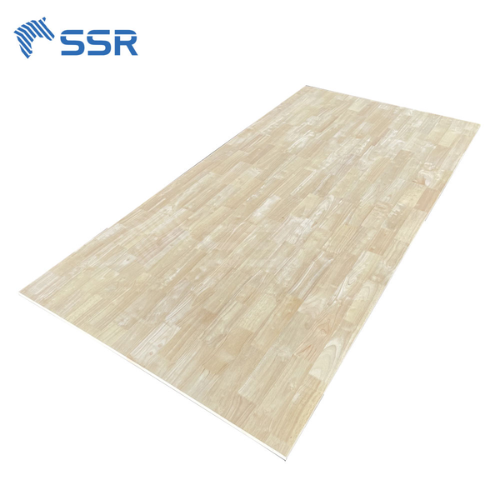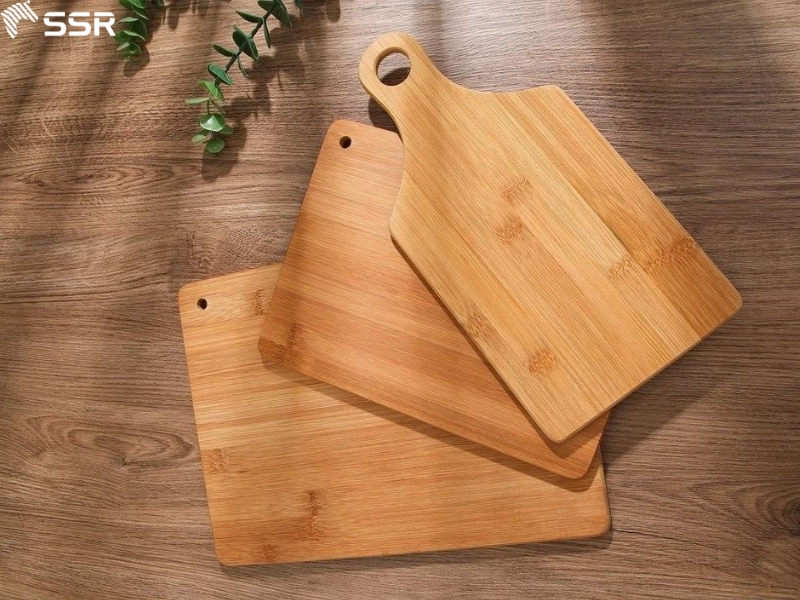NEWS
In recent times, the awareness of the potential of monkeypod wood has increased significantly, leading to people starting to invest in planting monkeypod wood forests to increase the harvest output, thereby making the value of this wood also multiply.
Learn about monkeypod wood

monkeypod wood
- Origin
The monkeypod tree, also known in some places as Saman, has the two-part nomenclature Samanea saman and several other synonymous names, belonging to the Fabaceae family. Originating in American countries and introduced to Vietnam during the French period in the 1876s, it often appears in large urban areas such as Ho Chi Minh City, Hanoi, Da Nang,..
- Characteristics
The huge wood tree is directly proportional to its trunk diameter and height, typically ranging from 15 to 25 meters, with the potential to reach up to 50 meters under favorable conditions. Its canopy is evergreen, broad, and dense, resembling a raspberry or parachute shape, with a spread of approximately 25 to 30 meters, exceeding the tree’s height. The bark of the tree is dark brown. The growth rate is fast, at 0.75 to 1.5 meters per year, with a minimum harvest time of 5 years.
Monkeypod wood belongs to group VI, known for its stable properties, no warping, less cracking than other types of wood of the same type, flexibility, and ease of shape and decoration. In particular, monkeypod wood has beautiful grain lines. The core’s natural properties are termite-resistant, but it still needs to be handled carefully for protection. The color of monkeypod wood is quite dark, if you want a brighter color may need to bleach it lightly. Like other types of solid wood, monkeypod wood can crack at the head of the board but is harder and more durable than monkeypod wood finger joint board.
- The role of monkeypod wood in life

The role of monkeypod wood in life
Monkeypod trees are planted along streets, in parks, and at schools to provide shade, at the same time their wood is also efficiently utilized in life.
Monkeypod wood is often preferred for table tops to show off its full beauty. The more versatile combination is to make chairs, cabinets, shelves, beds, mirror frames, decorative items, water hyacinths, wooden floors, and stairs,… to hold all styles of furniture whether houses, offices restaurants, cafes, and many other spaces.
In the middle price segment, the popular choice is processed products from monolithic wood and monkeypod wood is an extremely niche choice.
Featured Products
Acacia Wood Butcher Block Countertops Supplier
Specifications:
- Species: Acacia
- Moisture: < 12%
- Wood Stave (Length): 150-400 mm
- Wood Stave (Width): 30-80 mm
- Length & Width tolerance: 0/+3 mm
- Thickness tolerance: +/- 0.2 mm
- Glue: D4
- Quality: AB, BC or customized
- Surface finish: Sanding 180-240 grit, 2 faces
Rubberwood Finger Joint Board Supplier
- Species: Rubberwood
- Moisture: <12 %
- Wood Stave (Length): 150-600 mm
- Wood Stave (Width): 35-80 mm
- Length & Width tolerance: 0/+3 mm
- Thickness tolerance: +/- 0.2 mm
- Glue: D4
- Quality: AA, AC or customized
- Surface Finish: sanding 240-320 grit, 2 faces
Birch Butcher Block Countertop Supplier
Specifications:
- Species: Birch
- Moisture: < 12%
- Wood Stave (Length): 150-400 mm
- Wood Stave (Width): 20-80 mm
- Length & Width tolerance: 0/+3 mm
- Thickness tolerance: +/- 0.2 mm
- Glue: D4
- Quality: AB, AC or customized
- Surface finish: Sanding 180-240 grit, 2 faces.
Featured News
Related News
Bamboo Cutting Board Tips for Distributors – SSR VINA
Bamboo has become a popular alternative to traditional hardwoods when it comes to kitchen cutting boards. But is it really a good choice for your kitchen? In this guide, we’ll cover everything from the benefits and downsides to care instructions, environmental impact, and FAQs. What is a Bamboo Cutting Board? A bamboo cutting board is […]

Biomass Energy: The Natural Powerhouse of Renewable Energy
In the search for sustainable energy solutions, biomass stands out as one of the most promising alternatives to fossil fuels. But what exactly is biomass, and why is it gaining attention around the world? Let’s explore how this natural energy source works, where it’s used, and what the future holds. What Is Biomass? Biomass refers […]








 Tháng 7 4, 2024
Tháng 7 4, 2024 | SSR
| SSR




